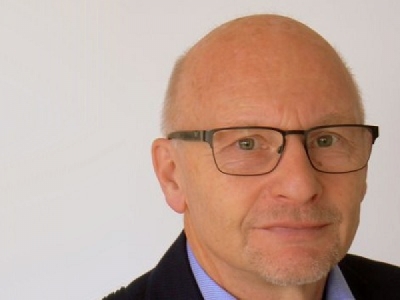
Posted on February 6, 2018
By Stevie Knight, Maritime Journal
“What we know now is that nature can do a lot of the work for you, if you bring in environmental considerations at the beginning,” said Gerard van Raalte, author, lecturer and recently, winner of CEDA’s Lifetime Achievement Award.
The problem in the past has been that harbour or coastal programmes were largely designed with ecological mitigation plans “tagged on as additional measures”, but now he believes the tide is, quite literally, turning.
Van Raalte explained that the Dutch Marker Wadden project heralds significant change: this is taking a turbid, ecologically impoverished area and recreating one of the largest freshwater lakes in Western Europe by using the fine sediment to create islands and mudflats. It’s a satisfying merger “of creative ecological and technical design, innovative development procedures and broad cooperation”, he said, “all followed by intensive monitoring and research programs” that will support learning for the future.
But how did this ‘alternative approach’ to dredging and environmental management develop?
“Turbidity research and control for the Oresund tunnel in the late 90s opened our eyes about handling environmental effects. So after that, people actually started looking for opportunities, but we had no clue how far this idea could go.”
However, momentum was growing and in the next few years, it drew in another set of collaborators. “Before this, there had been a divide, a distinction between the ‘blue’ and ‘green’ worlds, they were never on speaking terms… but when we came together, of course, we uncovered solutions that neither of us would have found alone,” he said.
It helps that Van Raalte is a mixture of dynamic pragmatist and idealist who has lectured and written informatively (and entertainingly) about the challenges of environmental legislation – for example highlighting “the astonishment” of a port authority which suddenly finds its development land designated a conservation area.
Equally, he has always understood “sustainability is also about people”. In his 15 years as senior expert for Hydronamic (Royal Boskalis Westminster), he saw part of his role as “stimulating” the awareness of very diverse players – with equally diverse agendas – on environmentally sensitive international projects.
However, the biggest challenge for the future “is that economy and ecology have to meet each other”. This means another shift in mindset – away from only ‘so many tonnes delivered here or here’. He explained: “People like to work with certainties, but when working with nature, there are no certainties… It means though you have plan A, you also need to have plan B ready for when things develop differently than you’ve foreseen.”
He added: “The problem is neither traditional contracting nor international legislation have much flexibility for ‘natural’ developments; the permit legislation simply doesn’t allow for it. To move forward, we need adaptive management to be understood and given room.”
Despite the issues, he’s optimistic. It’s underscored by the new CEDA/IADC book, ‘Dredging for Sustainable Infrastructure’ (to which he’s a contributor), as it demonstrates that sustainability is no longer on the margins “but has now become mainstream”.
Source: Maritime Journal





